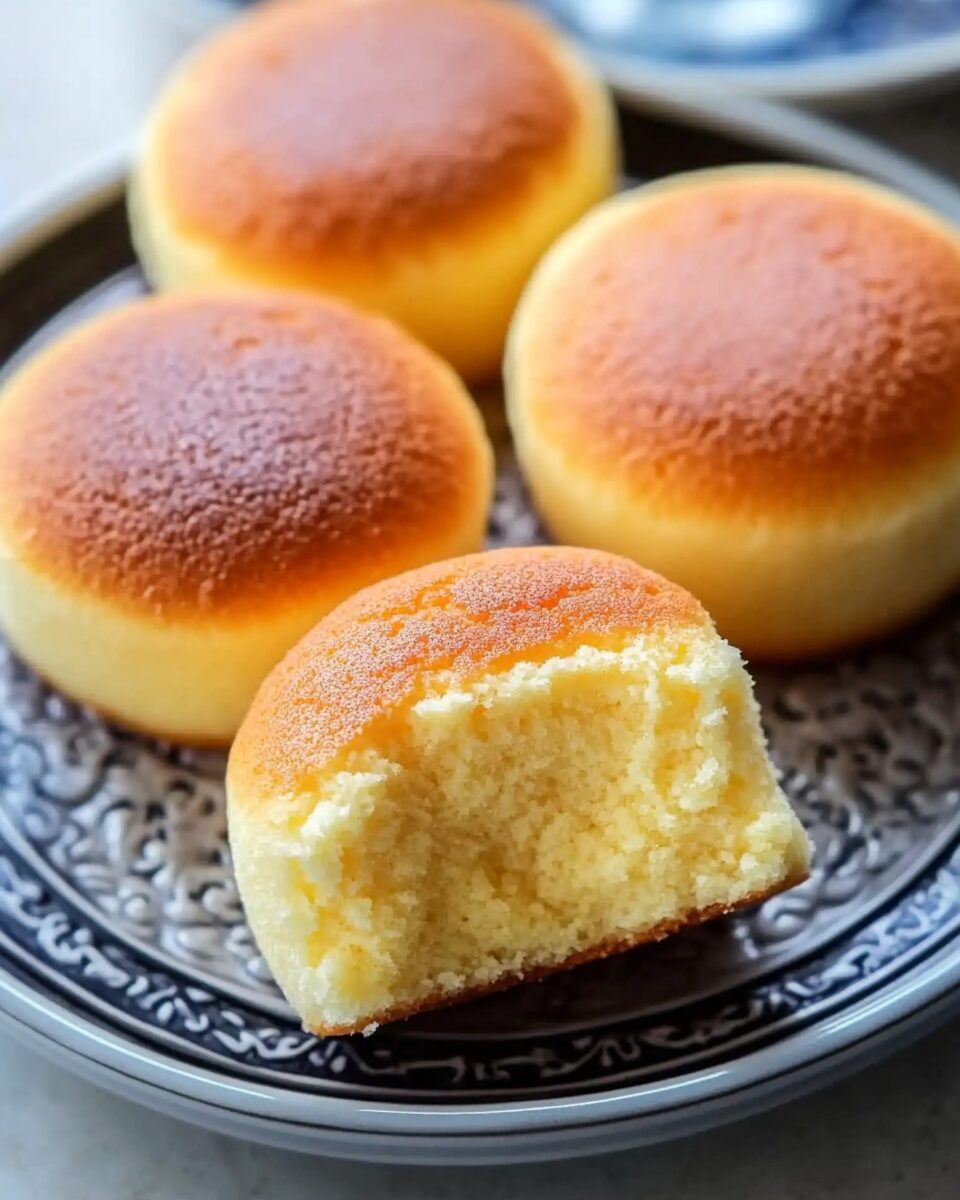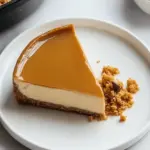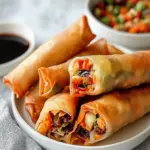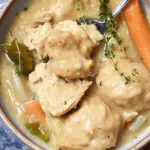The Heart of the Recipe: Technique Over Ingredients
What sets Chinese Egg Cake apart from other sponge-style cakes is its reliance on a single technique—the ribbon stage of egg whipping. This step involves beating eggs and sugar together for a prolonged period until the mixture becomes pale, voluminous, and thick enough to form ribbons when drizzled. It’s this aeration that gives the cake its rise and signature texture without the need for baking powder or baking soda.
Because there are so few ingredients involved, the quality and temperature of each component play an important role. Room temperature eggs whip more efficiently, and sifting the flour ensures a smooth, lump-free batter. Gentle folding is critical to maintaining the airiness created by the whipped eggs. Overmixing or using a heavy hand can deflate the batter, resulting in a denser final product.
The cake flour also contributes significantly to the texture. Its lower protein content results in a tender, fine crumb, while a touch of oil adds just enough moisture to prevent dryness without compromising the delicate structure.
A Cake That Transcends Occasions
One of the most charming aspects of Chinese Egg Cake is how effortlessly it adapts to different settings. It can be a quiet companion to your morning coffee or tea, a centerpiece of an afternoon snack spread, or a thoughtful addition to a school lunchbox. Its soft, gentle flavor also makes it ideal for young children or elderly family members who prefer desserts that aren’t overly rich or sweet.
In traditional Chinese households, you’ll often find egg cakes at bakeries nestled among other nostalgic treats like pineapple buns, red bean pastries, or wife cakes. While it may look plain at first glance, its flavor and texture tell a story of home baking, simplicity, and time-honored technique.
These cakes are also a popular offering during festive occasions, temple visits, or holiday gift exchanges. Their round shape and golden top symbolize completeness and prosperity, aligning with cultural themes of harmony and abundance.
Delicate in Flavor, Rich in Texture
The flavor of Chinese Egg Cake is understated but soothing. Slightly sweet, with just a hint of richness from the egg yolks and oil, it’s a cake that invites slow, appreciative bites. There’s no bold frosting or filling—just a sponge that speaks for itself. The top bakes to a light golden crisp, offering a gentle contrast to the cloud-soft interior.
The texture is where the cake truly shines. Thanks to the whipped eggs and precise folding, the inside is pillowy and bouncy, with a fine crumb that almost melts in your mouth. It’s this texture that often leaves a lasting impression, more than any elaborate flavoring ever could.
For those who enjoy variety, the base recipe can be a springboard for gentle experimentation. A drop of vanilla, a dash of citrus zest, or even matcha powder can add subtle twists while preserving the original spirit of the cake.
Simple, Nostalgic, and Minimalist
In an age of extravagant desserts and over-the-top bakes, the Chinese Egg Cake remains refreshingly minimalist. It doesn’t need vibrant colors, towering layers, or dramatic fillings to stand out. Its beauty lies in its restraint—offering comfort, familiarity, and quiet elegance in every bite.
This simplicity also makes it a great entry point for novice bakers. With only a few ingredients and no complex equipment required, it’s a rewarding project that teaches valuable baking fundamentals like whipping, folding, and understanding texture.
More experienced bakers will find joy in refining their technique to perfect the rise, crumb, and balance of flavor. It’s a deceptively simple recipe that rewards precision and care.
Serving and Storing Tips
Chinese Egg Cakes are traditionally baked in small cupcake-like molds or muffin tins, making them easy to serve individually. They are best enjoyed fresh, when the contrast between the crisp top and the soft interior is most pronounced. That said, they keep well for a couple of days in an airtight container at room temperature.
To reheat, a few seconds in the microwave or a brief warm-up in a toaster oven can revive the softness and make them taste as fresh as day one. They also pair wonderfully with warm beverages—jasmine tea, oolong, green tea, or even a cup of soy milk.
If you’re serving them for guests, consider dusting with powdered sugar or garnishing with fresh fruit and a dollop of lightly sweetened cream for a more elegant touch. But even without extras, they are perfectly satisfying on their own.
A Gentle Introduction to Chinese Home Baking
For those exploring Chinese home baking, Chinese Egg Cake is a wonderful starting point. It encapsulates the core of traditional Chinese desserts: light sweetness, emphasis on texture, and a celebration of natural ingredients. Unlike many Western cakes, which can be sugar- or butter-heavy, this cake focuses on subtlety and balance.
It’s also deeply rooted in everyday culture—baked at home, sold in local bakeries, or handed down through generations. While some families add their own spin with a spoonful of condensed milk or a swirl of chocolate, the foundation remains unchanged and universally loved.
The cake represents the heart of Chinese baking: not just to impress, but to nourish, comfort, and connect.
Conclusion
Chinese Egg Cake is a humble but unforgettable treat that captures the warmth of tradition in every bite. With a soft, airy texture and delicately sweet flavor, it stands as a timeless reminder that sometimes the simplest recipes bring the most joy. Whether you’re baking it to reconnect with childhood memories, introduce others to a classic cultural dessert, or simply enjoy a light and comforting snack, this cake is sure to win hearts with its honest simplicity.
From its gentle rise in the oven to its golden, slightly crisp crown, Chinese Egg Cake reminds us that baking doesn’t have to be complicated to be deeply satisfying. It’s a recipe that invites care, patience, and appreciation—qualities that make it not just a cake, but a tradition worth keeping alive.






